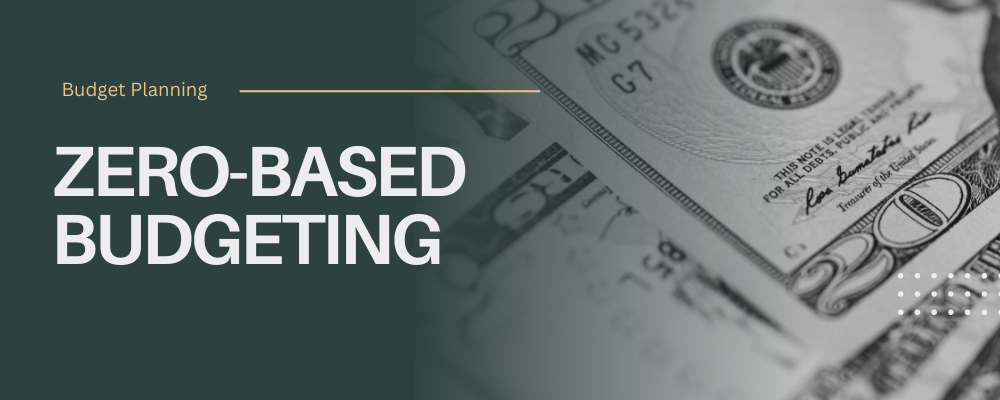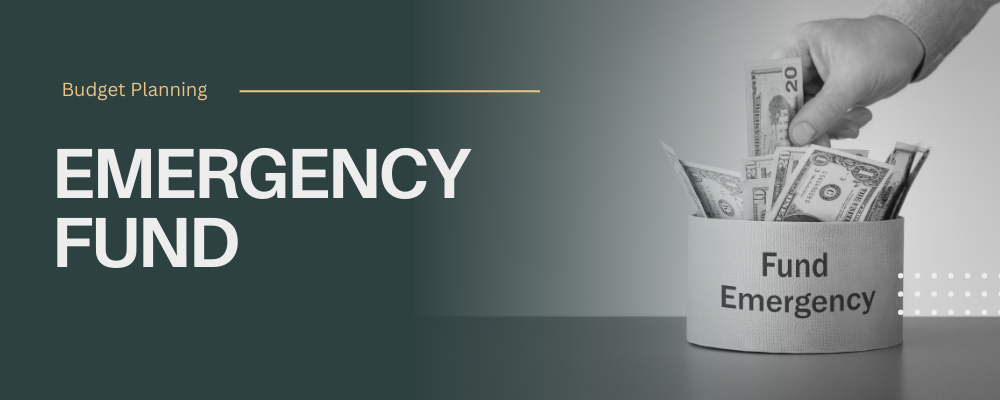Managing personal finances can often feel like navigating a complex maze. Yet, one strategy that can simplify the process is using sinking funds. But what exactly are sinking funds?
In essence, they are saving mechanisms designed to set aside money for anticipated future expenses. This approach not only helps in maintaining a balanced budget but also reduces the financial stress associated with sudden costs.
By preparing in advance, financial planning becomes less daunting and more manageable.
What are Sinking Funds?
Planning for future expenses is a vital part of effective financial management, and sinking funds play a crucial role in this process. But what exactly are sinking funds, and how do they differ from other financial tools like emergency funds?
Let’s delve into the concept of sinking funds and uncover their significance in budgeting and financial planning.
• Sinking Funds Meaning
Sinking funds are a strategic method of saving money for specific future expenses. Unlike a general savings account, sinking funds are earmarked for known, upcoming costs.
This structured saving approach helps individuals manage anticipated expenses without derailing their monthly budgets. By setting aside a small amount regularly, you can accumulate the necessary funds over time to cover expenses such as holidays, annual car maintenance, or even a wedding.
With sinking funds, the key is to identify expenses you know are coming and allocate resources accordingly.
• Difference Between Sinking Funds and Emergency Funds
While both sinking funds and emergency funds are essential components of a well-rounded financial strategy, they serve different purposes. Sinking funds are pre-planned savings for predictable expenses, while emergency funds are designed for unexpected financial emergencies, such as a sudden job loss or unexpected medical bills.
Think of it this way: a sinking fund is a preemptive financial plan for anticipated expenses like car insurance premiums, while an emergency fund is your financial safety net for unforeseen events. Both are critical, but their roles in your financial ecosystem are distinct.
Why Sinking Funds Are Essential
Your road to financial wellness can be smoother with the implementation of sinking funds. They offer a multitude of benefits that aid in maintaining financial balance and preparedness. From preventing debt to enhancing financial stability, the advantages of sinking funds are numerous.
• Preventing Debt Accumulation
One of the most significant advantages of sinking funds is their ability to prevent debt accumulation. When individuals face large expenses without prior preparation, they often resort to credit cards or loans.
This can lead to unnecessary debt and interest costs that can cripple your finances over time. By using sinking funds, you can ensure you have the money ready when needed, allowing you to pay for expenses in cash and avoid interest charges.
This strategic savings approach is a proactive method that keeps you ahead of potential financial pitfalls.
• Promoting Financial Stability
Sinking funds promote financial stability by providing peace of mind. Knowing that you have set aside money for significant expenses in advance can alleviate stress and financial anxiety.
It gives you the confidence that you are in control of your financial future, rather than being caught off guard by upcoming costs. This forward-thinking approach to saving reduces the likelihood of financial surprises, promoting a sense of security and stability in your finances.
• Planning for Irregular Expenses
Irregular expenses, such as a family vacation or winter holiday shopping, can disrupt even the most carefully planned budgets. Sinking funds offer a practical way to handle these irregular expenses seamlessly. By predicting these costs and saving a little each month, you ensure that when the time comes to pay, you’re financially prepared.
For example, consider the cost of Christmas gifts. Instead of scrambling to find extra funds in December, plan by setting aside a small amount each month throughout the year.
This foresighted method allows you to manage cash flow better and allocate your resources efficiently, ensuring that all aspects of your budget remain balanced.
How to Categorize Sinking Funds
When setting up sinking funds, it is essential to categorize them based on your personal financial goals. Here are some common sinking fund categories:
- Travel: Savings for trips and vacations.
- Holidays and Gifts: Funds allocated for festive seasons or birthday presents.
- Home Maintenance: Set aside for repairs or renovations.
- Vehicle Maintenance: Savings for car servicing, tires, or potential repairs.
- Medical/Dental: Planning for upcoming healthcare costs that are not covered by insurance.
By identifying these categories, you can tailor your sinking funds to your lifestyle and future needs. This organized approach allows for comprehensive financial planning and optimal resource allocation, ensuring preparedness for every anticipated expense.
In summary, sinking funds are an invaluable tool in your financial arsenal. They provide clarity, reduce financial pressure, and offer a systematic method to manage both predictable and irregular expenses.
By implementing sinking funds, you not only safeguard your financial health but also build a solid foundation for future financial pursuits. The conscious act of saving today can make tomorrow’s financial landscape much more manageable.
How to Implement Sinking Funds in Your Budget
Implementing sinking funds into your budget can be a smooth process with the right plan in place. The primary goal is to prevent financial surprises by saving for known upcoming expenses. Here is how you can go about integrating sinking funds effectively:
• Identifying Future Expenses
The first step in setting up sinking funds is to identify potential future expenses. Consider any costs that are substantial, predictable, or recurring. These can range from annual insurance premiums to holiday gifts. List out these expenses and note how much each will cost.
- Annual Expenses: Property taxes, car registration, insurance premiums.
- Occasional Costs: Home repairs, car maintenance, classroom supplies.
- Personal Goals: Vacation, wedding, new tech gadgets.
- Irregular Bills: Utility bills that fluctuate seasonally.
For each item, note when these expenses typically arise. Understanding when these costs occur will help you determine how many months you have to save.
• Determining Contribution Amounts
Once you’ve identified which expenses to prepare for, the next step is figuring out how much to contribute to each sinking fund every month. To calculate this:
- Estimate Total Cost: Determine the total amount you will need for each expense.
- Set Savings Deadline: Decide when you need to have the full amount saved by.
- Divide Accordingly: Divide the total cost by the number of months left until the expense is due. This gives you your monthly contribution amount.
For instance, if your annual car insurance premium is $1,200 and is due in 10 months, you would need to save $120 each month. By breaking the cost into manageable chunks, you avoid the strain of paying a large bill all at once.
• Choosing the Right Savings Accounts
Selecting the most suitable accounts for your sinking funds is crucial for effective financial management. The account type can help you keep funds organized, separate from your regular savings, and even gain some interest.
– Traditional Savings Account: Suitable for short-term goals; allows easy access to cash but often offers lower interest rates.
– High-Yield Savings Account: Good for medium-term goals; offers better interest rates, making it a useful option for stashing cash that can grow.
– Certificate of Deposit (CD): Ideal for long-term goals with a fixed term; offers higher interest rates but requires you to lock your money away for a period.
You could also use budgeting apps that provide digital envelopes or set up separate savings sub-accounts to keep track of each sinking fund category.
Common Sinking Fund Categories
Sinking funds can be categorized according to the nature and timeline of upcoming expenses. This helps in maintaining organized savings and ensuring you’re well-prepared for various financial needs.
• Short-Term and Long-Term Sinking Funds
Sinking funds can be separated into short-term and long-term categories based on the time by which you’ll need the funds.
– Short-Term Sinking Funds: These are generally for expenses expected within a year or less. Examples include holiday gifts, a weekend getaway, or a seasonal home maintenance project.
– Being short-term, these funds require smaller, manageable savings increments over a shorter period. They help manage routine expenses without dipping into emergency savings or incurring debt.
– Long-Term Sinking Funds: For expenses anticipated over a year away. These might include a new car purchase, a down payment for a house, or saving for your child’s college tuition.
– Long-term funds require perseverance and discipline, as they require regular contributions over an extended period. The goal is to let contributions gradually accumulate over time, usually using accounts that offer favorable interest rates.
• Seasonal and Event-Based Savings
Sinking funds can also be dedicated to seasonal or event-based expenses. These funds help prepare for costs that occur consistently every year or revolve around specific events.
– Seasonal Savings: These funds cover predictable expenses tied to a particular time of year, like back-to-school shopping, winter heating costs, or summer vacations.
– Event-Based Savings: These are for unique or rare events, such as weddings, family reunions, or special anniversaries. Event-based funds often overlap with long-term savings, as they can require substantial amounts of saving and planning.
Using sinking funds, you can transform intimidating financial goals into manageable tasks. By regularly contributing small amounts towards future expenses, you not only protect your budget but also ensure stress-free financial planning.
These strategies of budgeting not only help in practical financial management but also empower financial freedom.
Conclusion
Sinking funds are an effective tool for anyone looking to manage their finances better and plan for future expenses without disrupting their budget.
By allocating specific amounts of money towards upcoming costs, you create a ready reserve that alleviates financial stress when those costs arise. Remember to identify your goals, categorize your expenses, and regularly contribute to your sinking funds.
This approach not only reinforces good budgeting habits but also empowers you to achieve financial stability and reach your savings goals.





